How to Rebrand: A Complete Breakdown of the Process (and Pitfalls)
What really goes into a successful rebrand? This guide walks through every step — from strategy to execution — with examples, expert tips, and common mistakes to avoid.
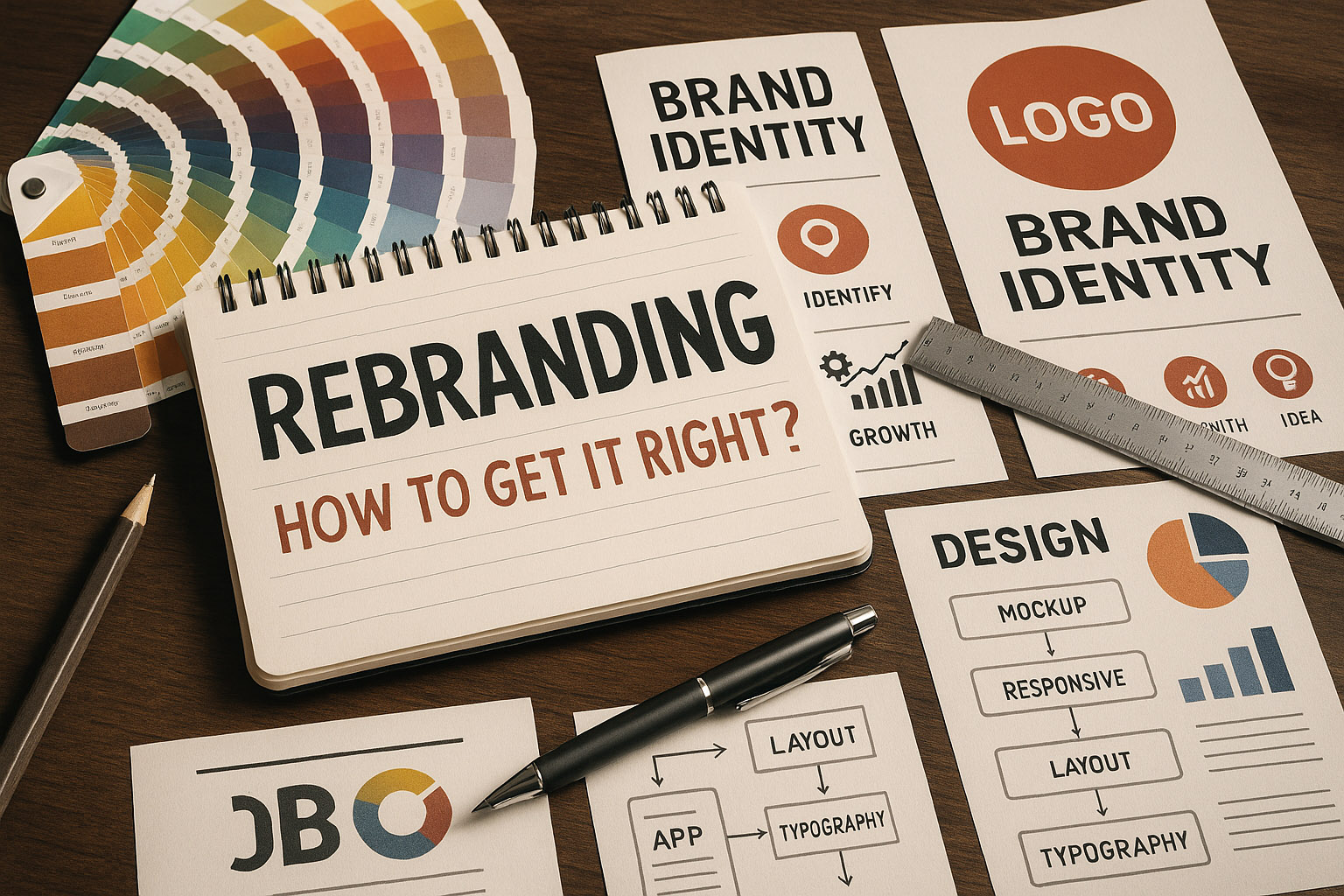
What really goes into a successful rebrand? This guide walks through every step — from strategy to execution — with examples, expert tips, and common mistakes to avoid.

A rebrand is more than just a logo swap. It’s a strategic transformation of how your business presents itself to the world — visually, verbally, and emotionally.
Done well, it builds trust, attracts new customers, and re-energizes teams. Done poorly, it confuses people and erodes equity.
“Before giving the green flag, try to consider the following points – it’s a very delicate operation.”
Before any visuals, ask:
Understanding the “why” behind a rebrand is crucial as it helps align all stakeholders around a common purpose and sets clear criteria for success. Sometimes the need to rebrand stems from market repositioning to better capture new segments, a response to bad PR or reputational challenges, or growth into new audiences that require a fresh approach. Clarifying this early ensures that the rebrand is purposeful and not just cosmetic, providing a foundation to measure impact and guide decisions throughout the process.
“Rebranding without strategy is just decoration. — Alina Wheeler”
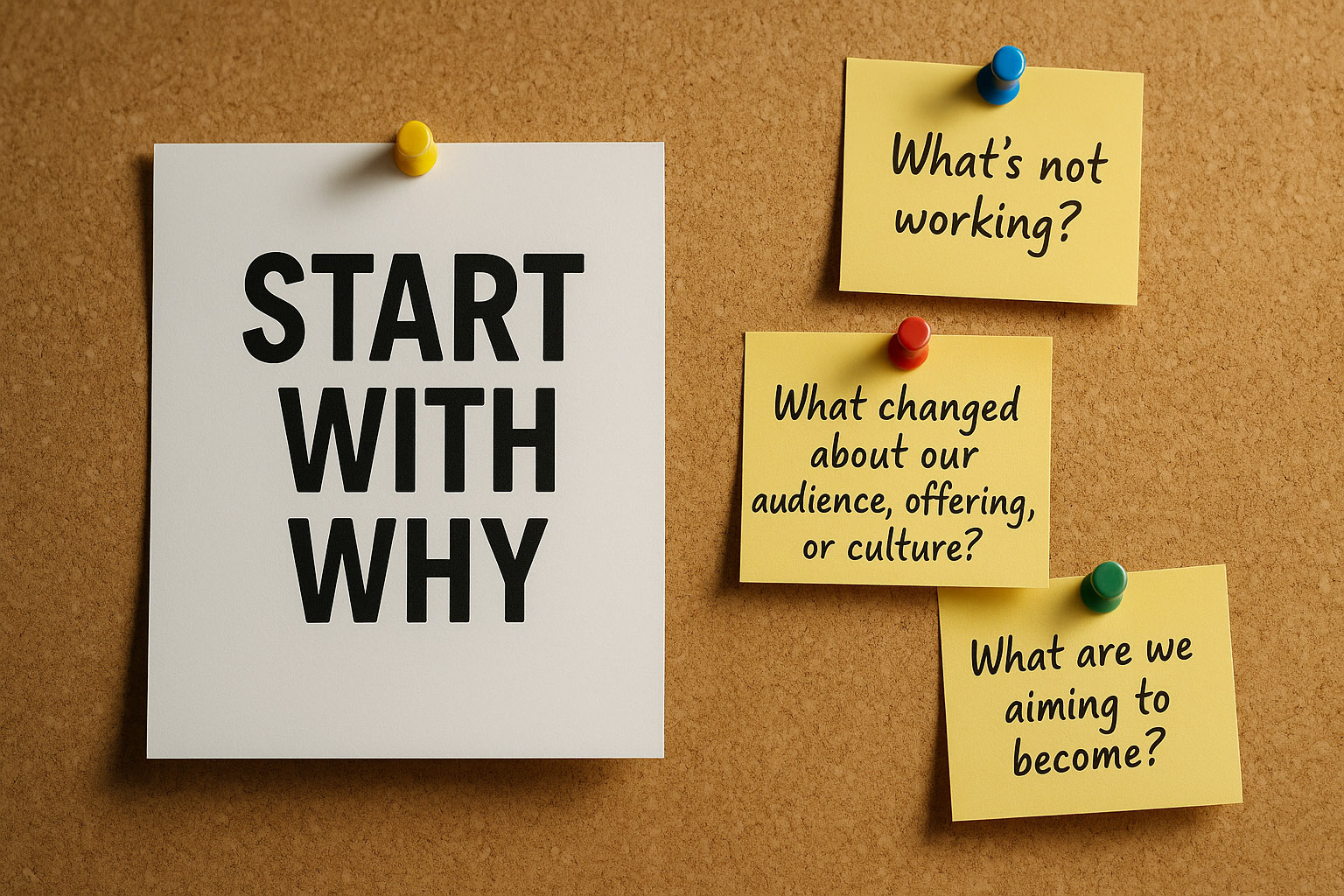
A comprehensive audit uncovers strengths to build on and weaknesses to fix, setting a realistic baseline for the rebrand.
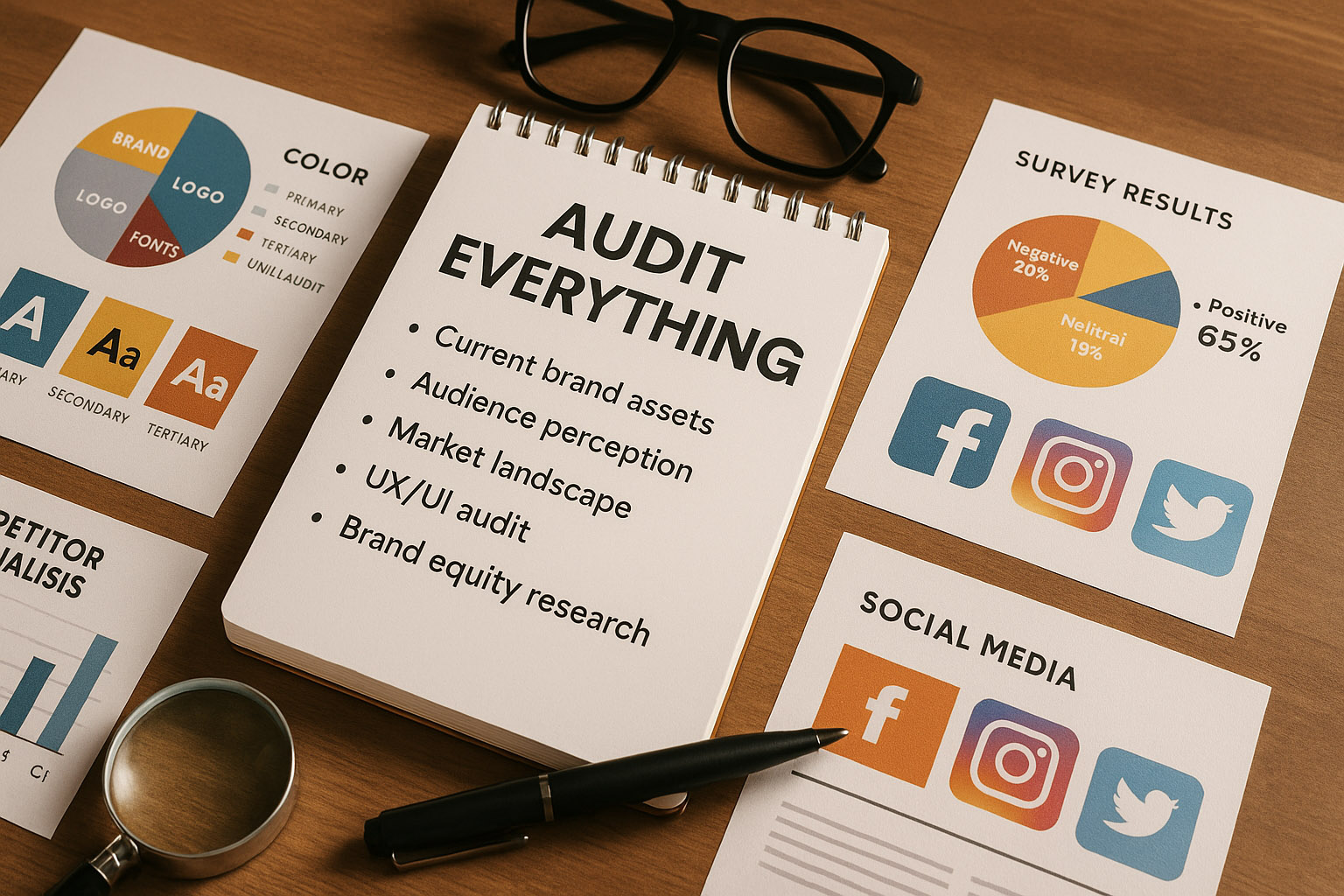
Moodboards play a pivotal role here — internally, they help creative teams align on the emotional and aesthetic direction of the brand, serving as a visual compass. Externally, moodboards can be shared with focus groups or key stakeholders to validate the direction before heavy investment in design. This iterative feedback loop ensures the strategy resonates with both internal teams and target audiences, reducing risk and fostering buy-in.
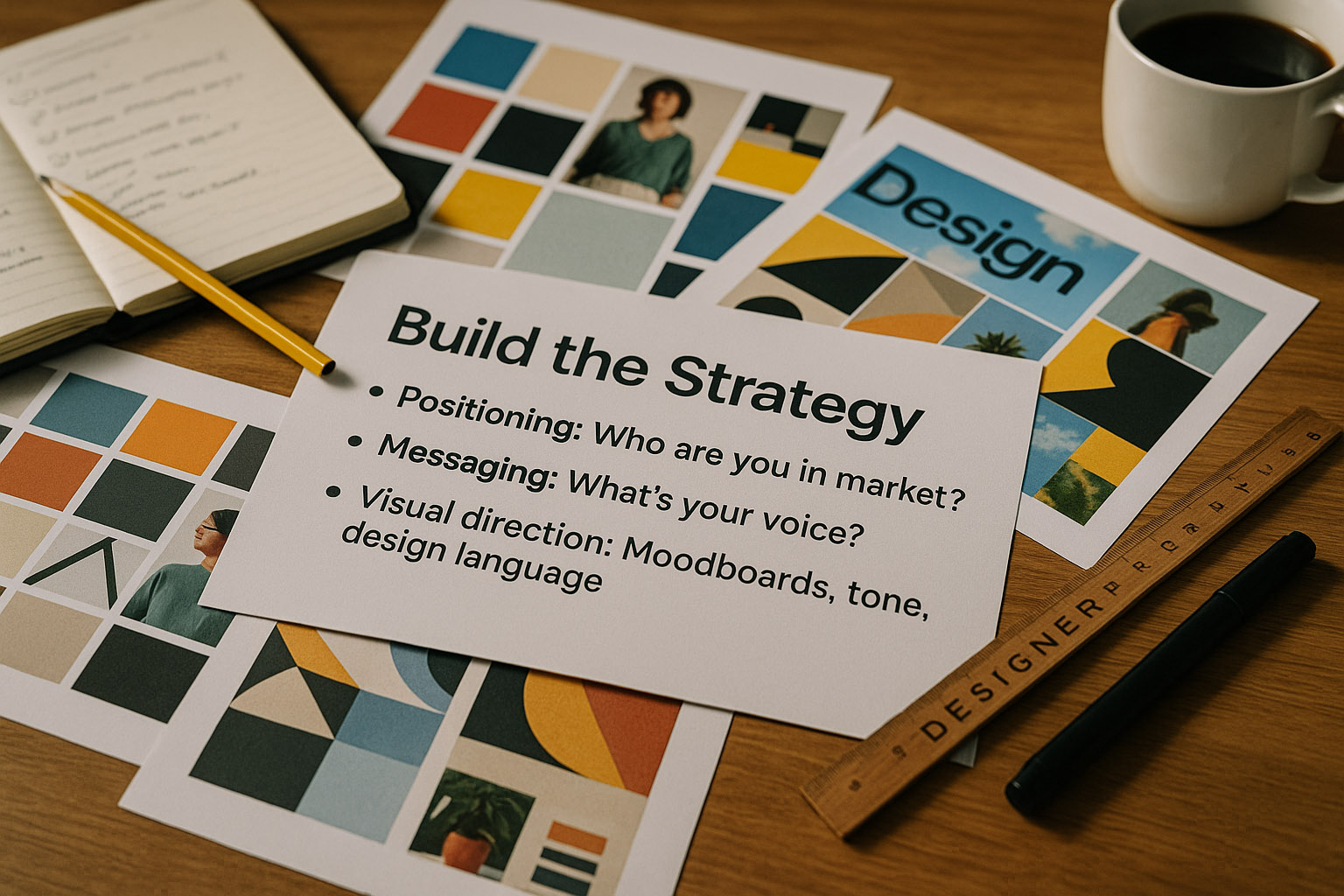
In addition to crafting these core elements, it’s essential to create mockups across multiple touchpoints such as mobile apps, social media profiles, physical packaging, and even environmental branding. This helps stress-test how the new identity performs in real-world contexts and ensures consistency and flexibility across formats and scales. Seeing the brand in action early can reveal unforeseen issues and inspire refinements.
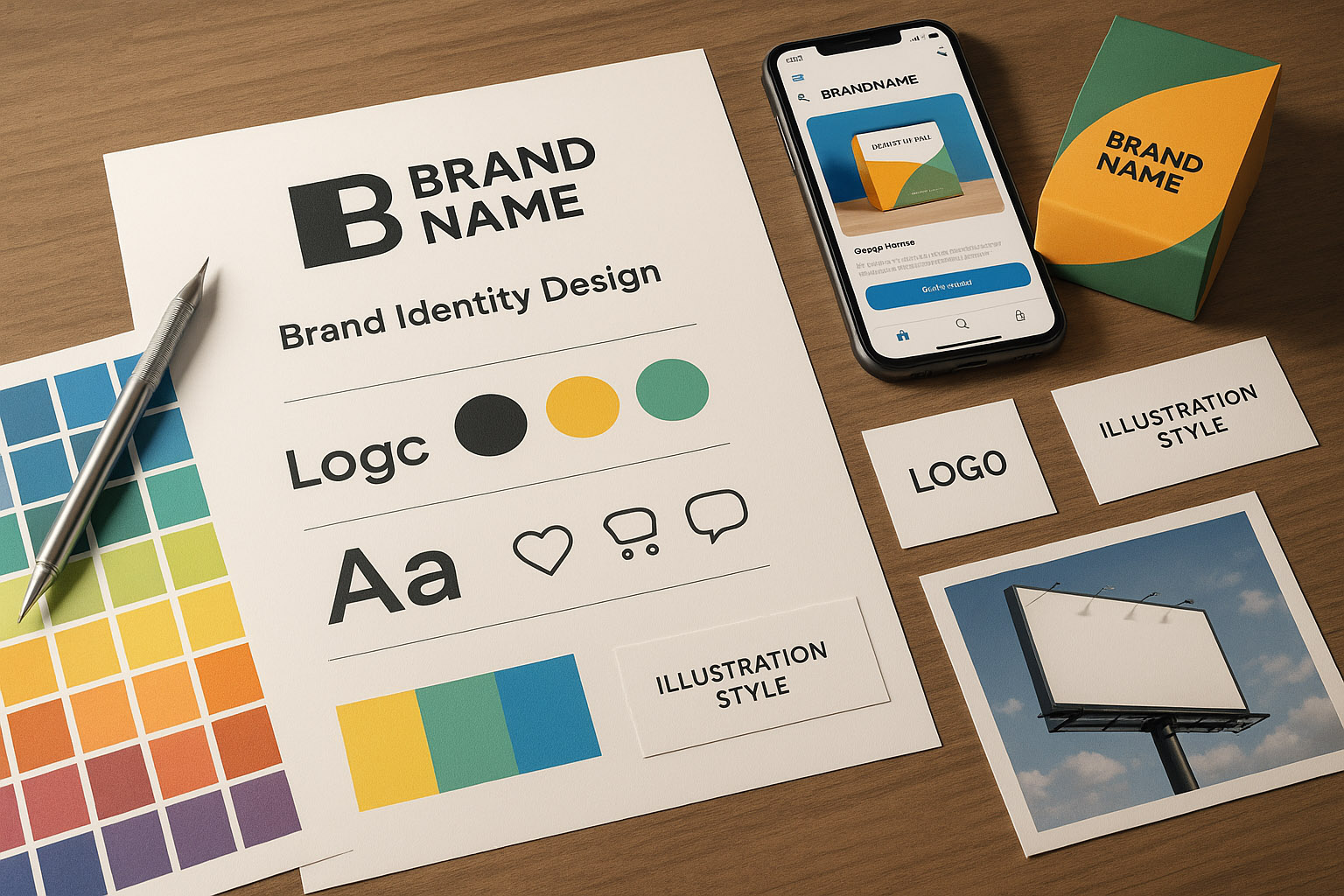
Testing can also include A/B testing different brand elements like color schemes or messaging on small digital audiences to gather quantitative data. Using design sprints with rapid prototyping allows for fast user feedback and iteration, making the process agile and user-centered. This phase is critical to catch potential pitfalls before a full launch and to build confidence that the brand will connect.
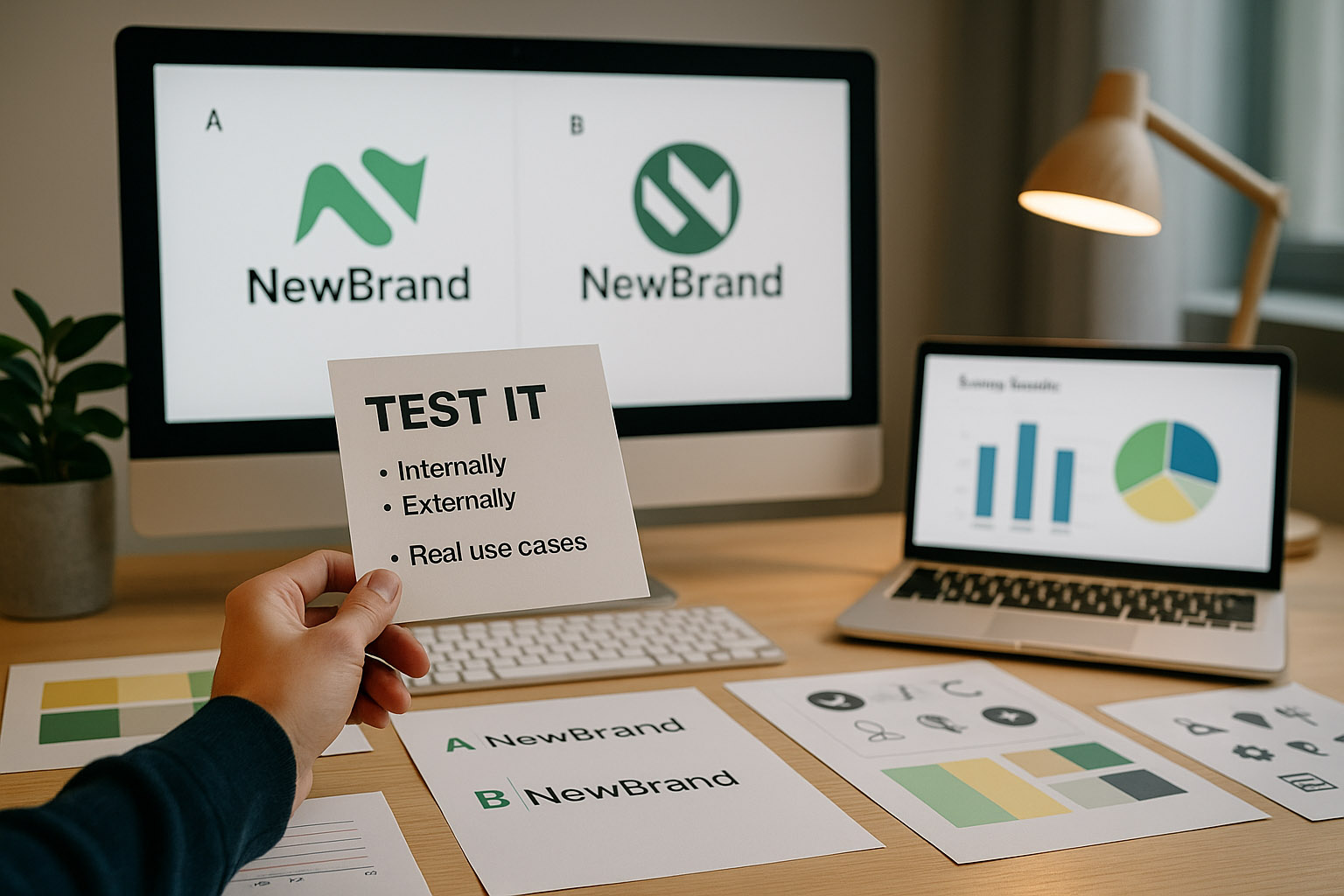
Be mindful of common pitfalls such as forgetting to update third-party platforms (partner sites, app stores), printed collateral (business cards, signage), or internal tools (email signatures, templates). Planning press and PR activities alongside stakeholder alignment ensures the rollout is coordinated and amplifies impact. A well-orchestrated launch maximizes awareness and minimizes confusion.
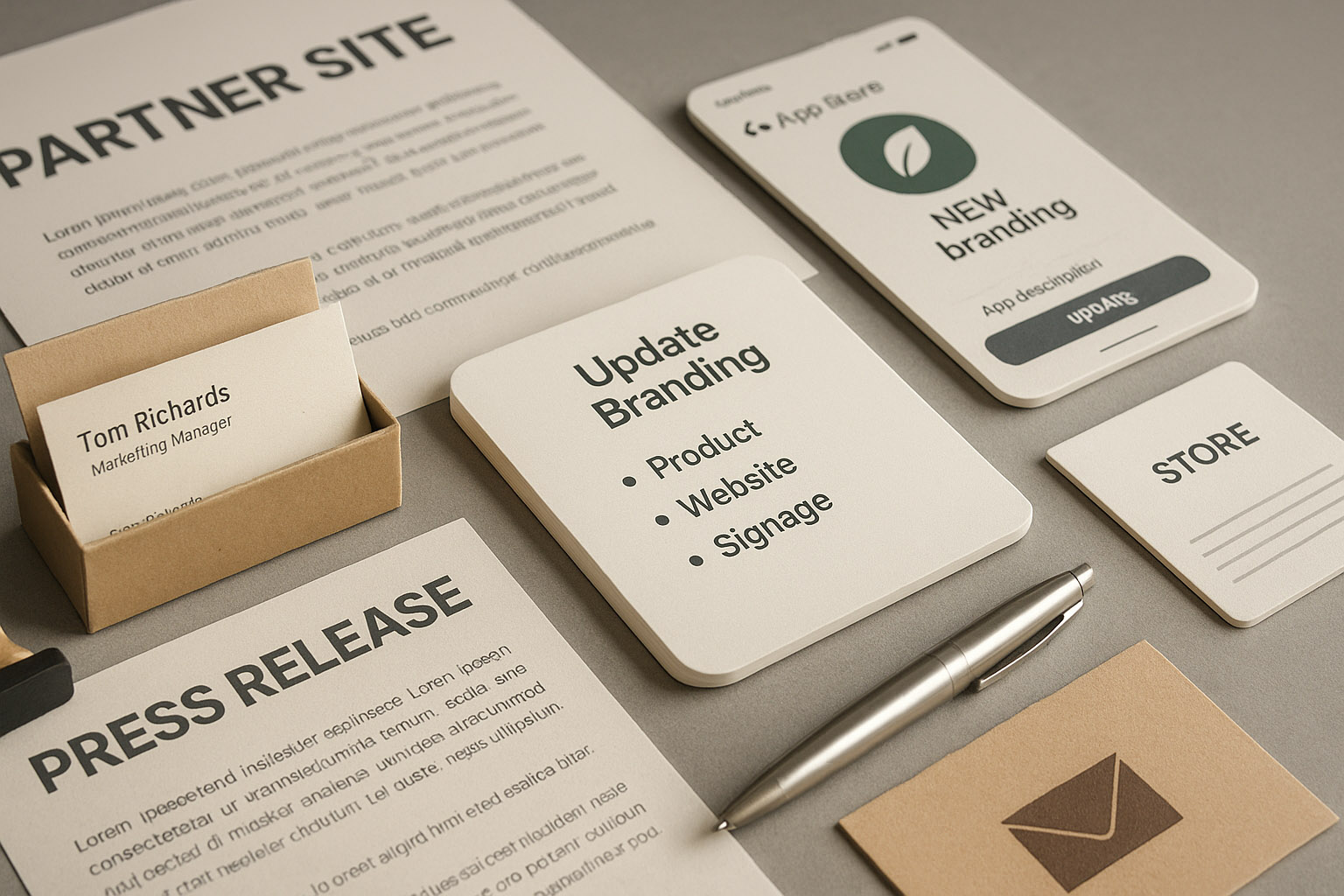
Internal “brand champions” are invaluable — these are employees who are enthusiastic about the new brand and can help others understand and adopt it. Empowering these advocates through training and resources fosters a culture that lives the brand authentically. Adoption is an ongoing process, and supporting it well prevents fragmentation and drift over time.
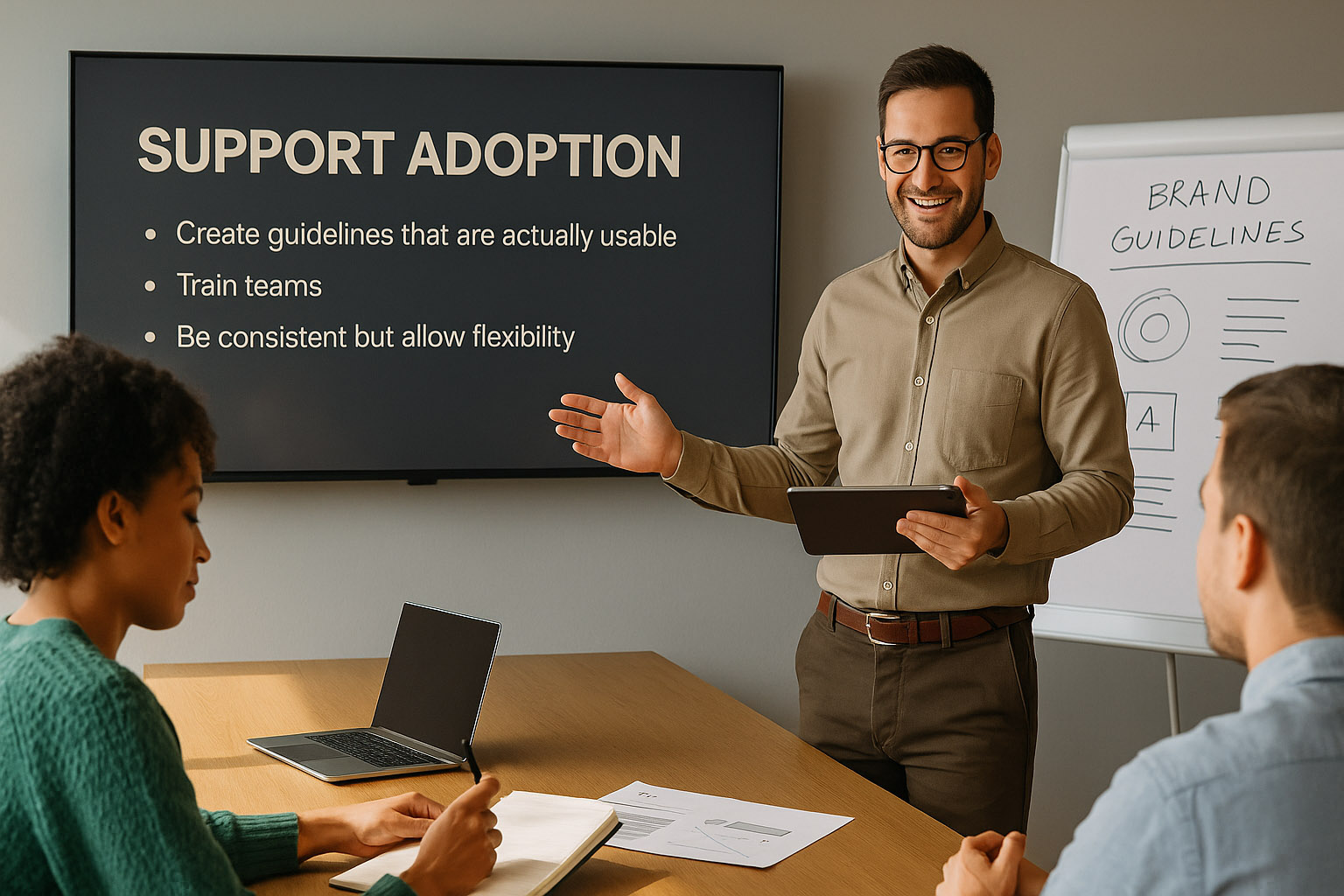
| Business Type | Timeline | Estimated Cost (Range) |
|---|---|---|
| Small Business | 4–12 weeks | $5,000 – $50,000 |
| Mid-size Org | 3–6 months | $50,000 – $250,000 |
| Enterprise | 6–18 months | $250,000 – $2,000,000+ |
For example, a startup might complete a rebrand in 8 weeks working with a freelance team focused on speed and agility. In contrast, a multinational corporation often spends over a year involving multiple agencies, legal teams, and extensive stakeholder reviews to ensure global consistency and compliance. Factors affecting duration include team size, decision-making speed, budget, and brand complexity.
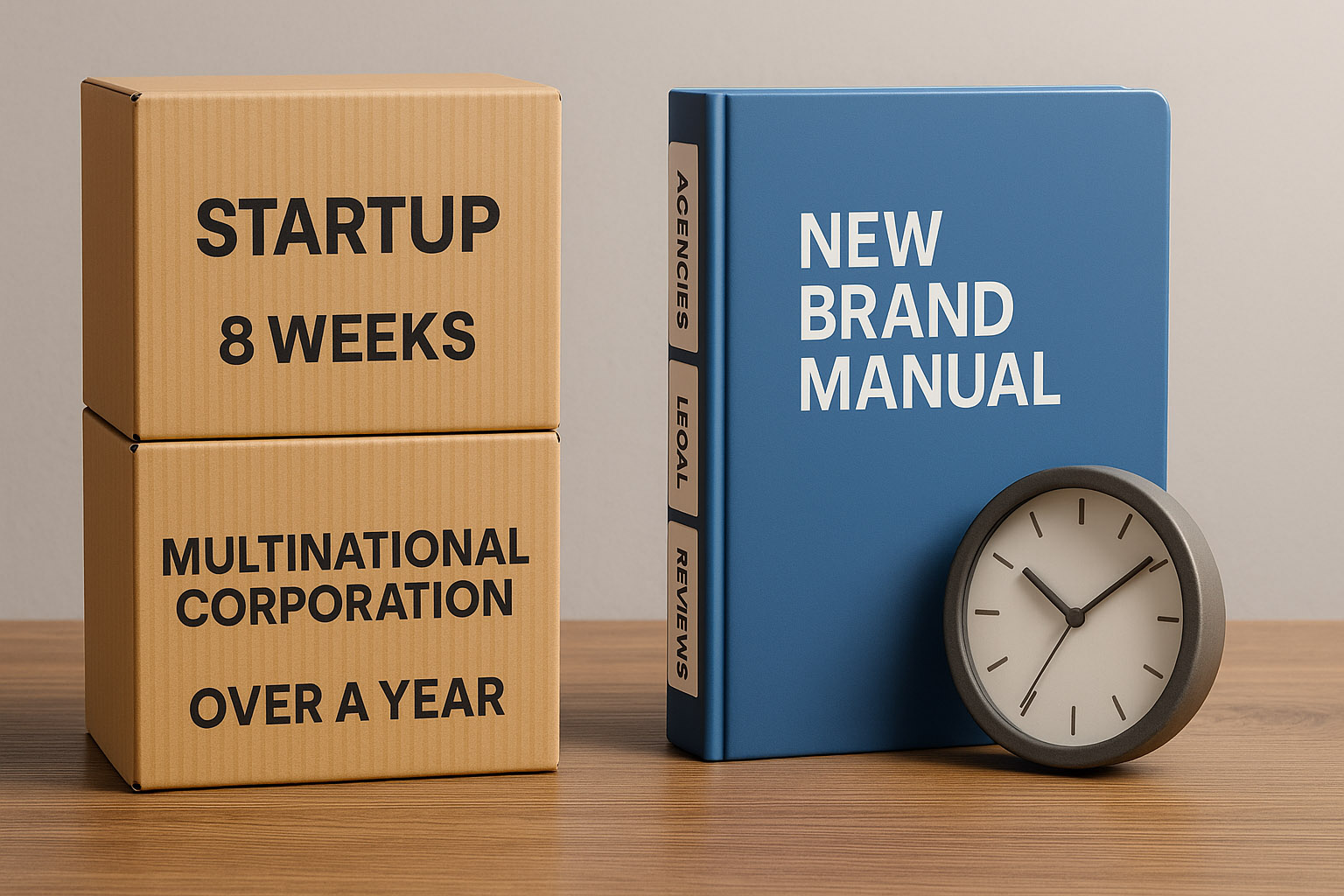
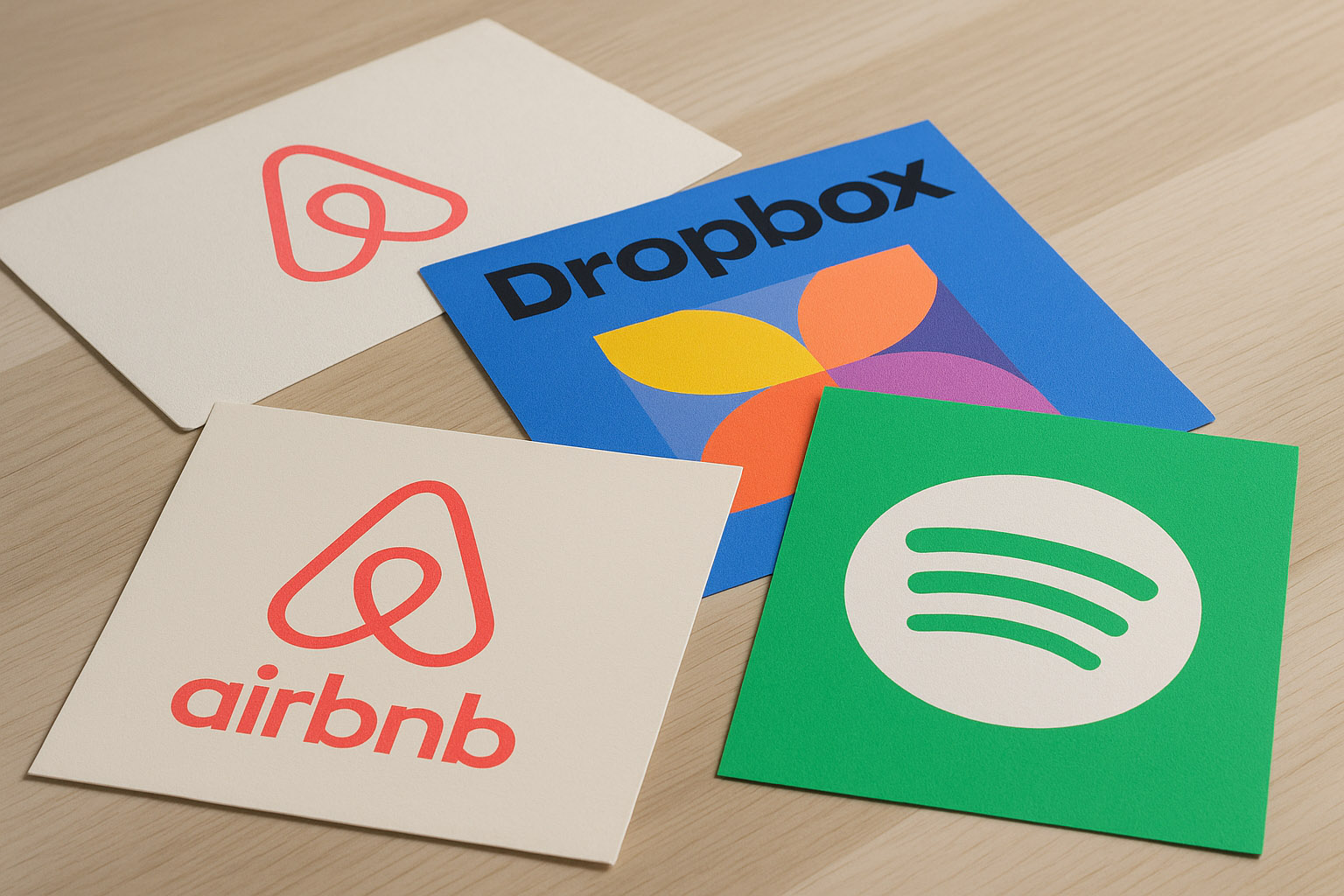
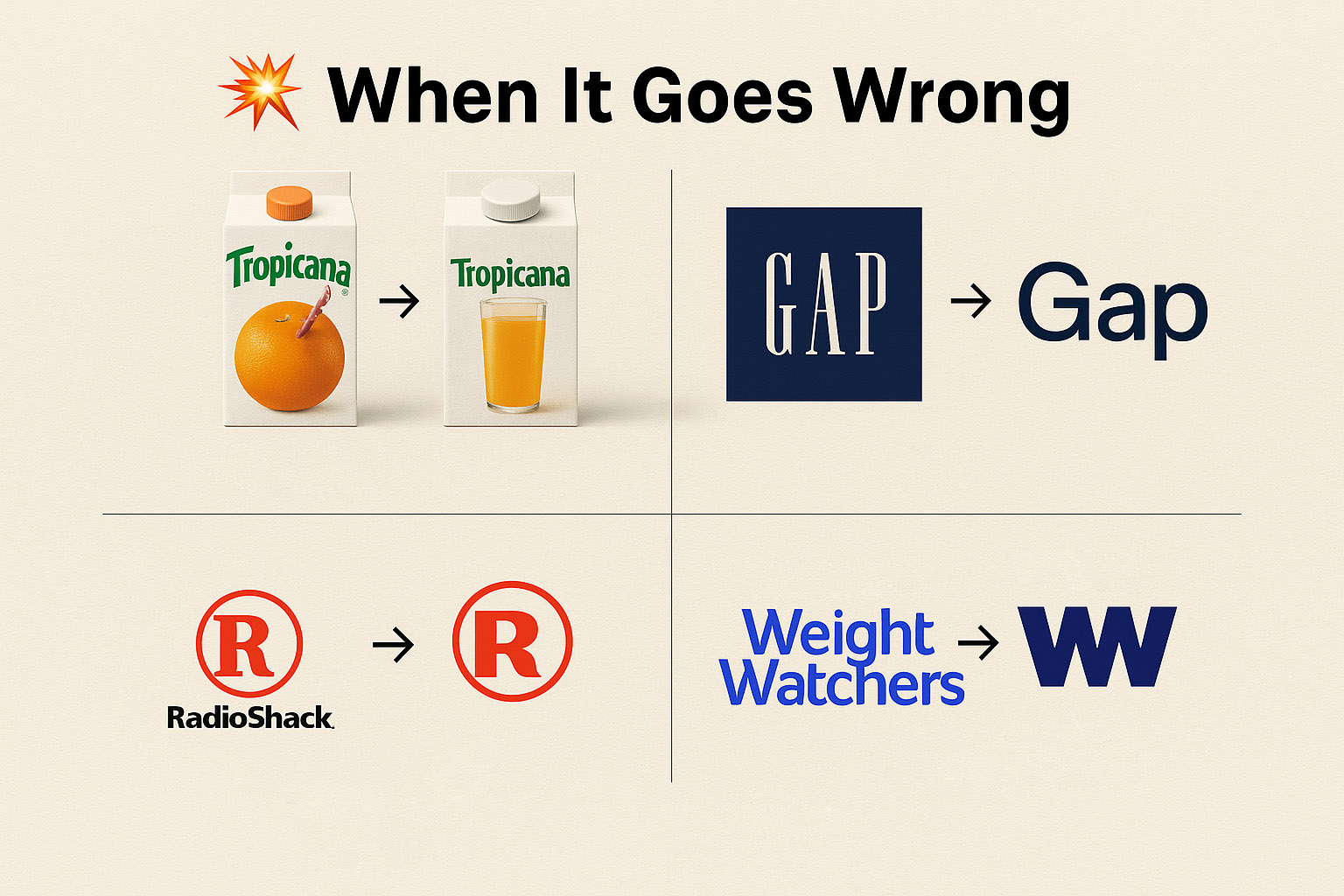
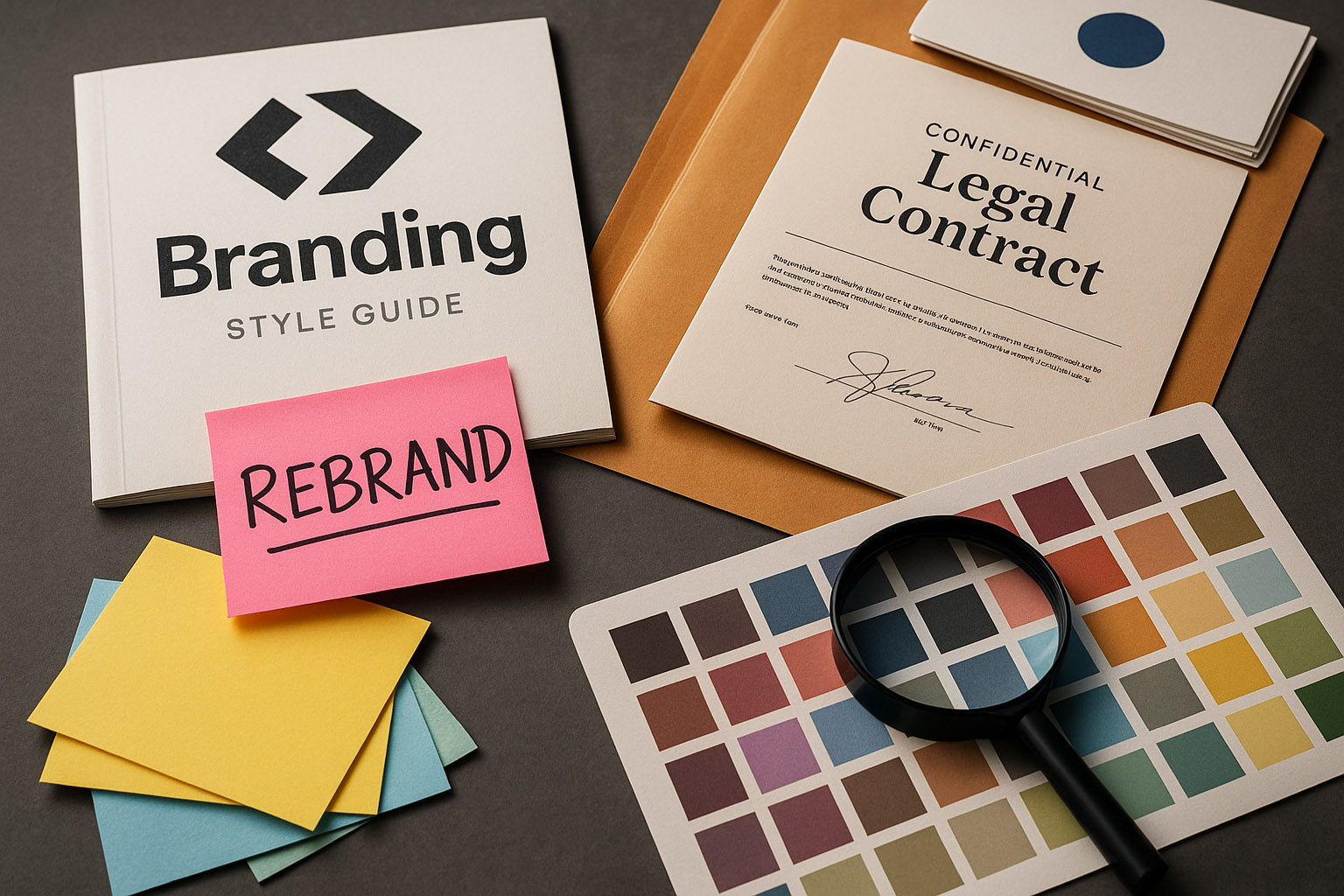
Send us your brief, your wildest idea, or just a hello. We’ll season it with curiosity and serve back something fresh, cooked with care.
We use necessary cookies to make our site work. Analytics and marketing cookies help us improve your experience. See our Privacy Policy.